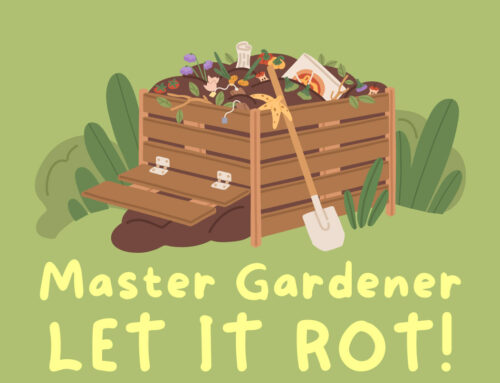The time has come yet again to get a little dirt under those fingernails. But perhaps you want to break out of your gardening rut this year. You know, forego the chrysanthemums in exchange for something bold, something that says: I’m not afraid to try something new.
But then you remember you did that a few years ago and a couple of months later, those bold green statements were already beyond salvation. So what’s a wannabe adventurous gardener to do?
Well, for starters, you could pack a pen and notebook and head on over to the Dallas Arboretum’s trial gardens. The Arboretum is home to two gardens with a total of about 20,000 square feet devoted to nothing but new varieties of plants previously untested in the North Texas heat, soil and sporadic rainfall.
“It’s real easy to select plant material that’s not suited for this area,” says Leslie Finnical Halleck, former director of plant research at the Arboretum. “But here, people can see how plants are performing and find some great additions to their home landscape. They can come look at varieties they’re not familiar with and get new ideas, which translates into less money, less maintenance and a more beautiful landscape.”
Plants – including annuals, perennials, bulbs and shrubs – are tested year-round in the gardens in conjunction with Texas A&M and Texas CEMAP (Coordinated Education & Marketing Assistance Program). Last summer, more than 700 different varieties of plants were evaluated, including All-America Selections trials and EarthKind roses.
“The trial garden is one of the most popular attractions at the Arboretum. It’s a behind-the-scenes look at plant material. A lot of people bring notebooks so they can write down the varieties they like,” Finical Halleck says. “Some of it may not look very nice (unsuccessful plants), but you can gain valuable information from it.”
The plants aren’t treated with any chemicals or fertilizers, are watered only as needed, and the soil is amended with only bark and mulch. Plants that thrive at the trial gardens should translate into plants that thrive at home, as long as other conditions are similar.
“The trial gardens are for every level of gardener,” Finical Halleck urges. “For a beginner, what it offers them is a great palate of plant material they’re not going to be disappointed with. And for the experienced gardener, we have so many neat new varieties here that they’re always going to see things and find things they hadn’t thought of before.
“We’re very progressive in getting a lot of brand new plant material, or old plant material that hasn’t been used in this region.”
The only downside to all this is that sometimes the plant varieties on trial at the Arboretum are so new they’re not available at the local nursery yet.
“There is a patience factor involved,” she says. “I encourage gardeners to go to their local nursery and ask for that variety, or ask them to special order it for you. If people ask for it enough, they’ll start to carry it.”
Finical Halleck recommends that gardeners visit the trial gardens’ extensive Web site – www.dallasplanttrials.org – to obtain information on the gardens and to research what plant varieties have succeeded in past trials.
“We’re the best local resource for gardeners because we’re here and we’re open 362 days out of the year,” she says.





